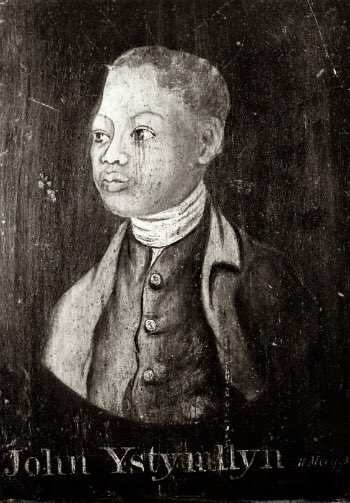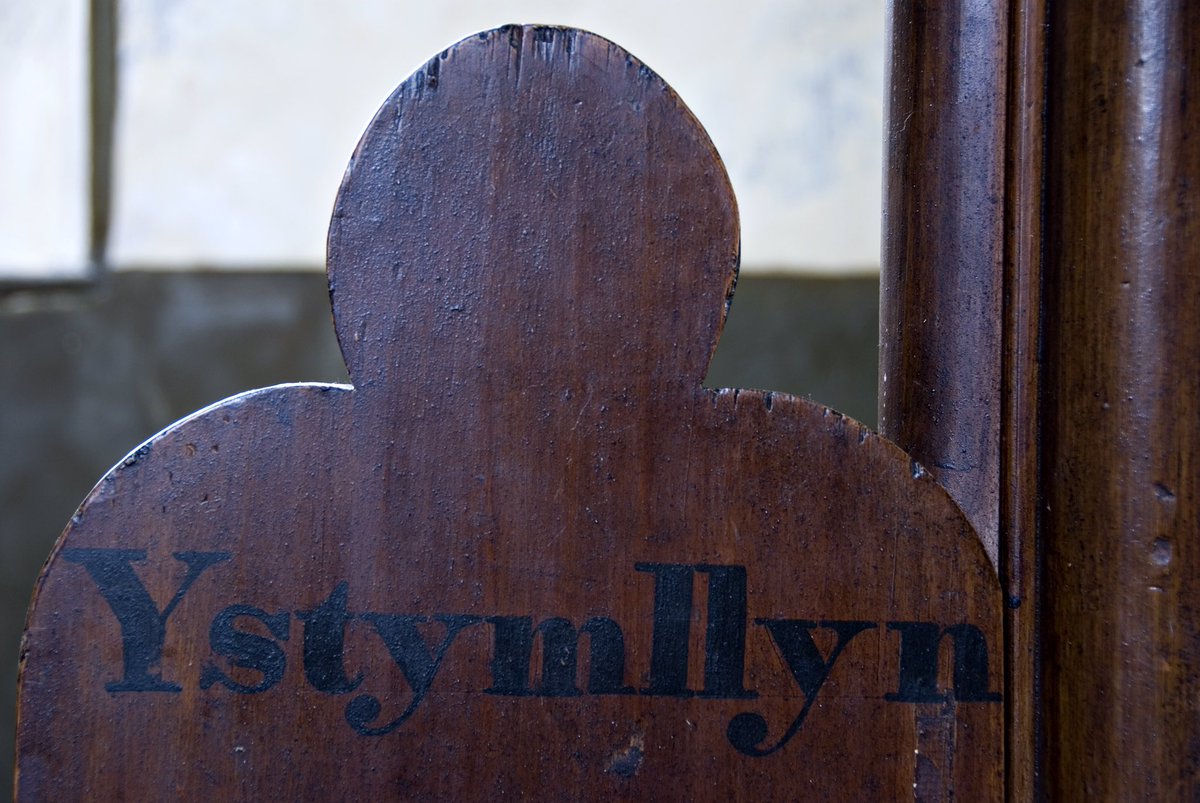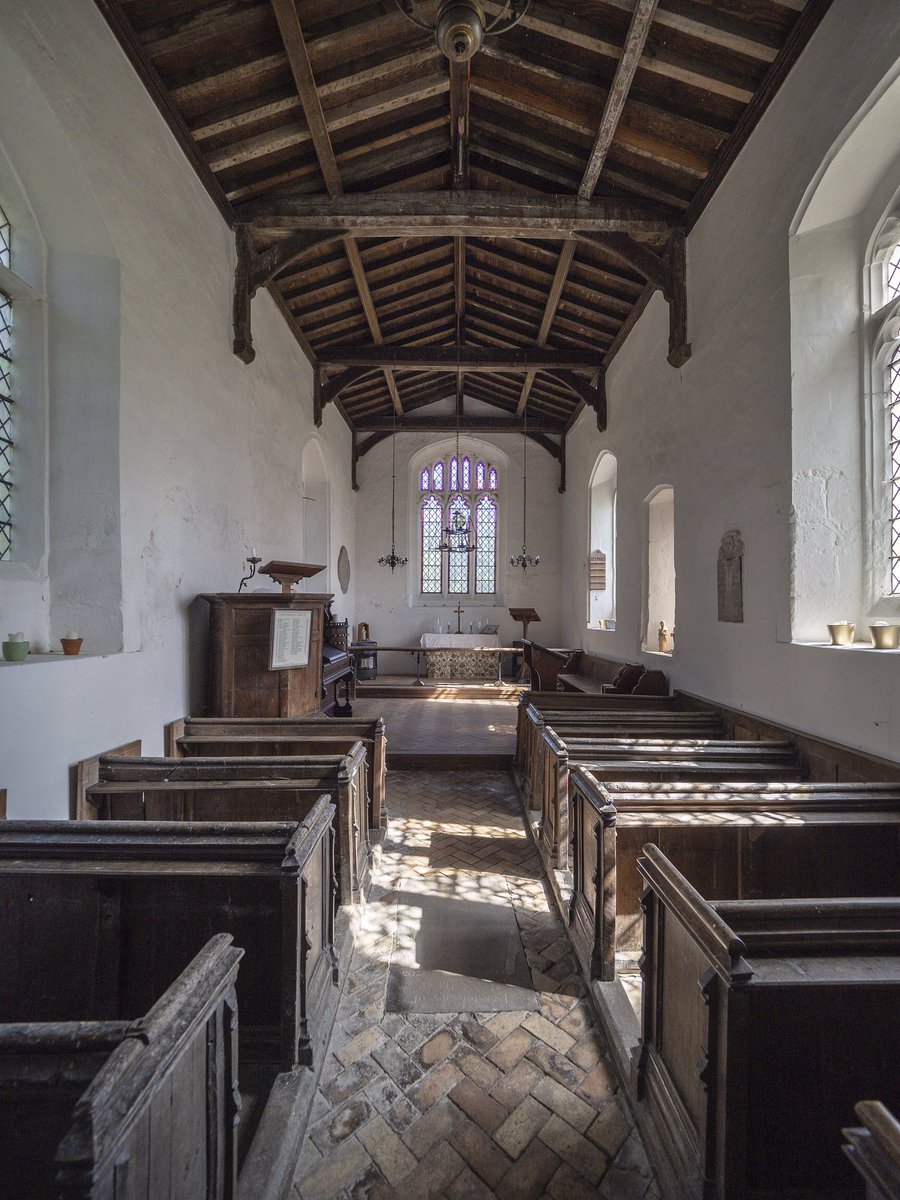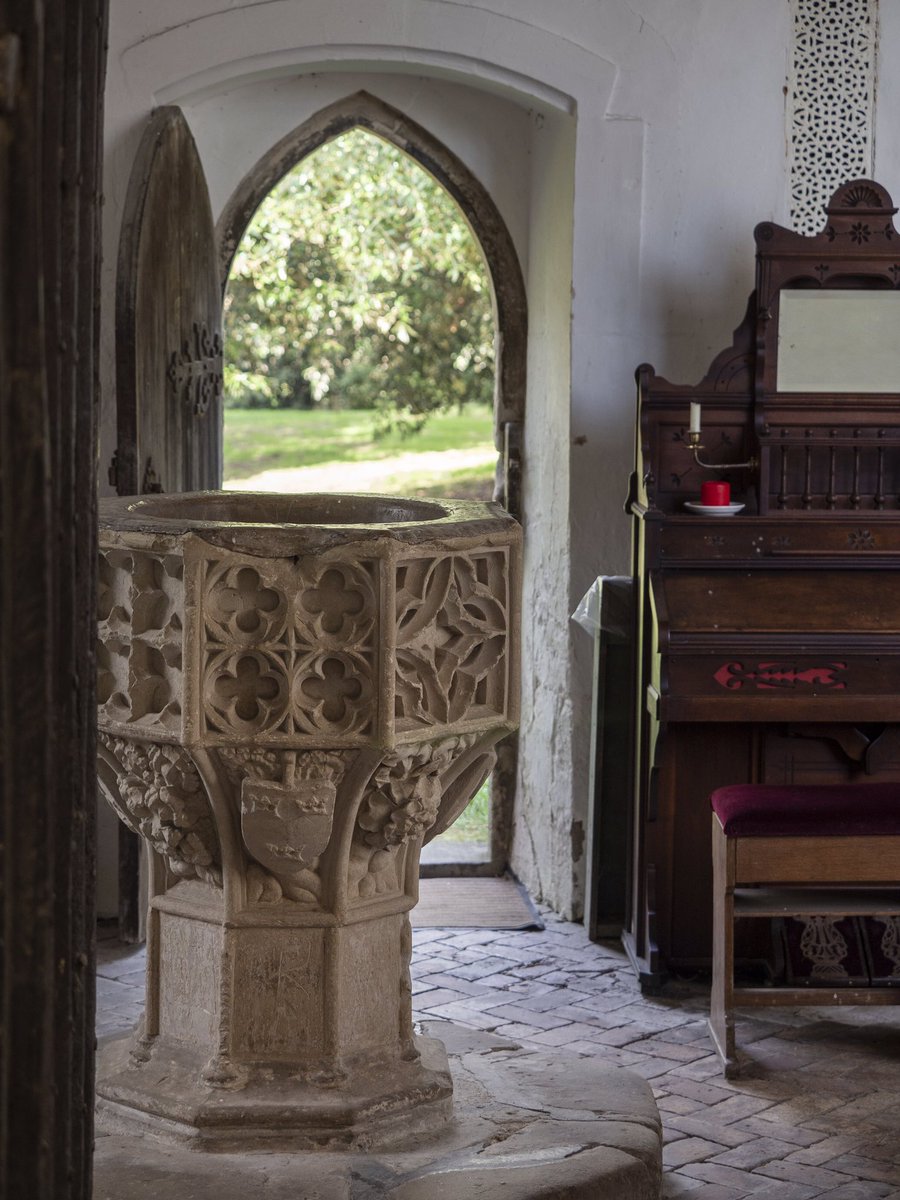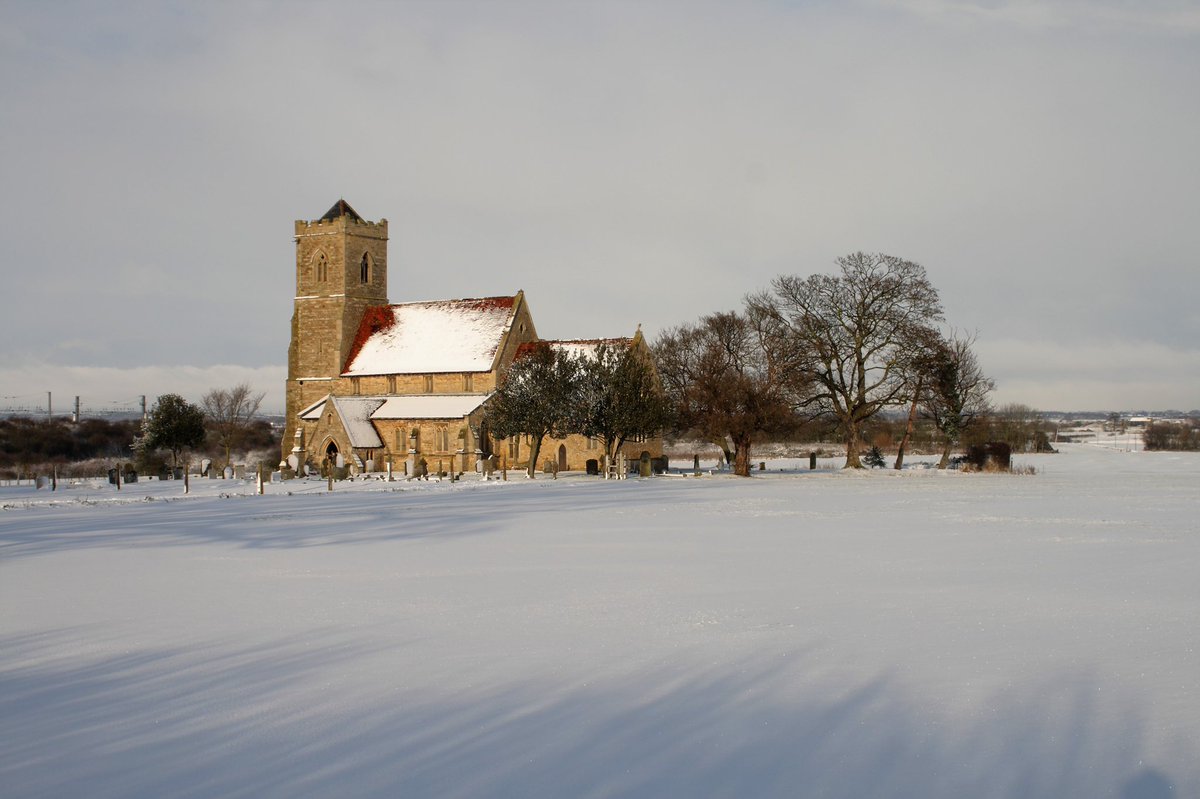
What makes St Baglans special? Is it the sentient landscape? The ancient, shady mountains that watched humans arrive. The clump of gnarled trees stretching their branches protectively around the church. The ever-changing sea breathing rhythmically, slow and deep.
#thread
#thread

Or is it the physical reminders of the past that gives St Baglan’s its transcendency? The systems of pre-historic ditched enclosures. The siting of the church within a pre-Christian settlement. The ancient pillar-stone discovered in 1855 built into the fabric.
2/6
2/6

Is it Ffynnon Faglan – Baglan’s well – in the adjacent field with its healing powers. The ship graffiti and simple carved symbols that speak of meaning, values and beliefs. The polite, oiled woodwork of the 18th-century families. The close interior. The damp walls.
3/6
3/6

But St Baglans isn’t just this list of things. It’s a place that has been formed by “thousands upon thousands of ideas: realisations, hopes, fears and actions…” It is, as Roger Scruton describes, “…saturated with meaning, but whose meaning cannot be put into words”.
4/6
4/6

A thin place is Celtic term, an ancient idea of places where the distance between heaven and earth collapses and connection to the divine or to the past becomes profoundly close. These thresholds have long held a place in religion and folklore. St Baglans is a thin place.
5/6
5/6

When I visited the atmosphere was soupy with sea mist, low cloud and veiled, looming mountains. It was marvellous, mysterious and otherworldly. St Baglans offers a “rare glimpse into the soul of things”. And part of me has never left.
Read more: friendsoffriendlesschurches.org.uk/the-thin-place/
6/6
Read more: friendsoffriendlesschurches.org.uk/the-thin-place/
6/6
• • •
Missing some Tweet in this thread? You can try to
force a refresh

